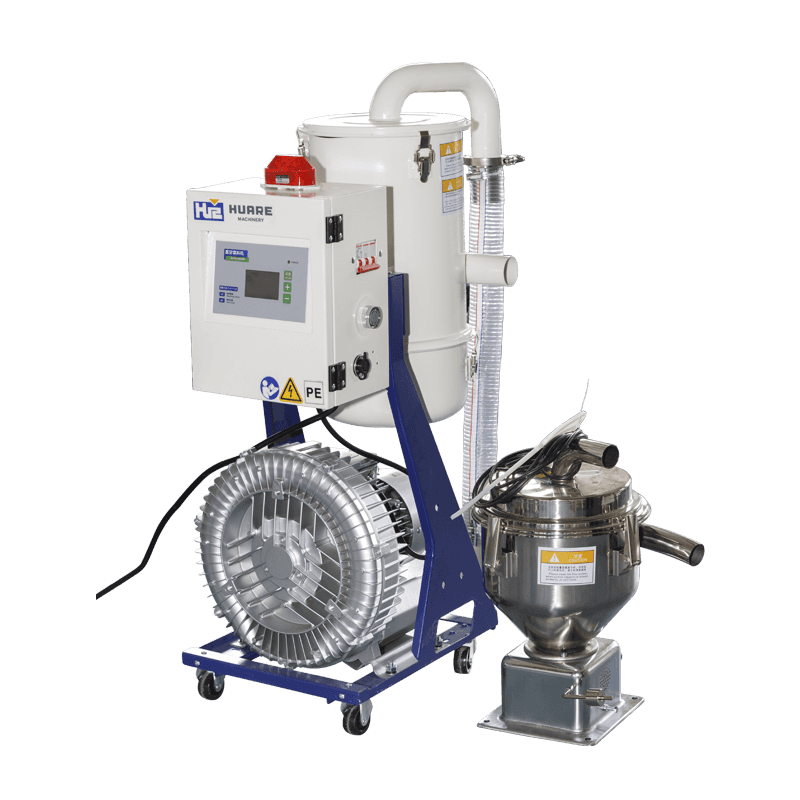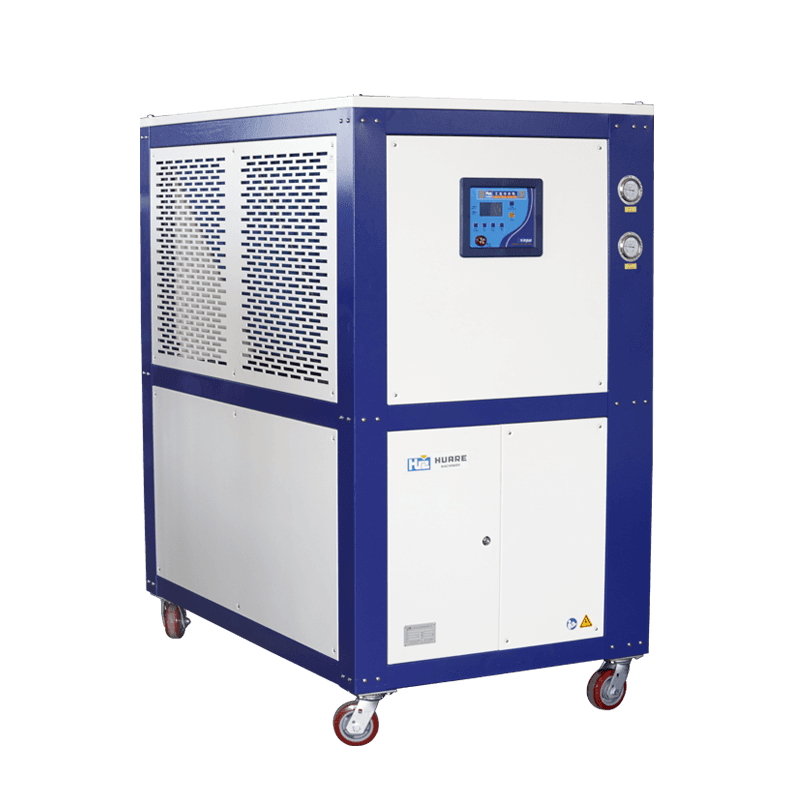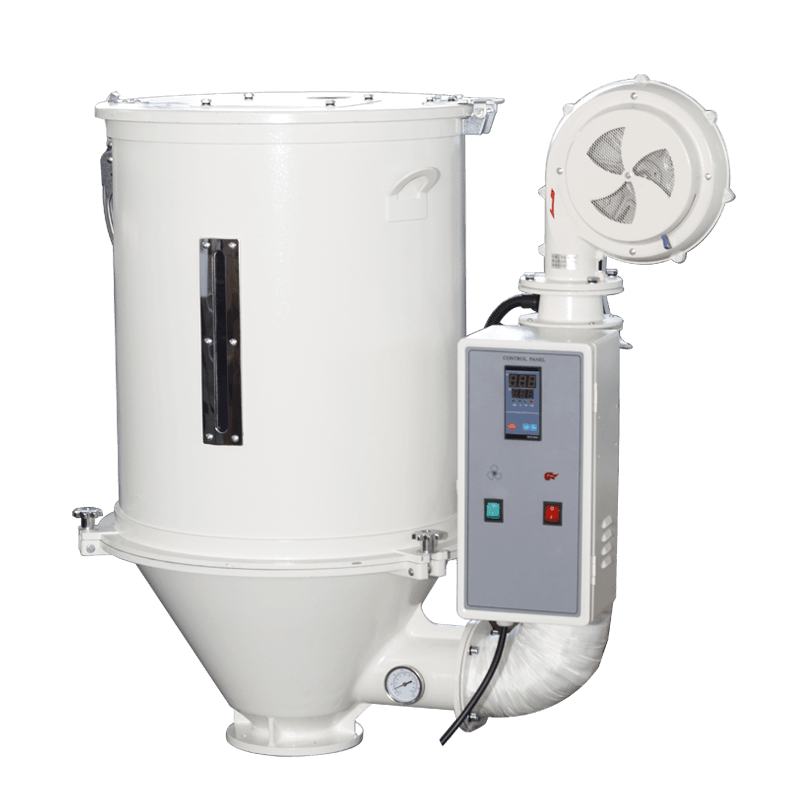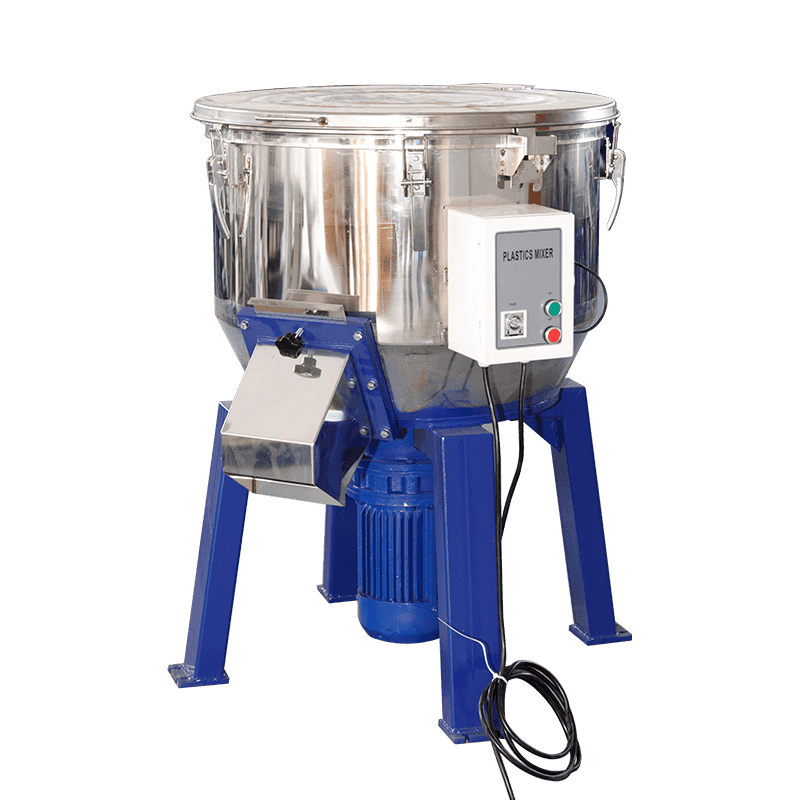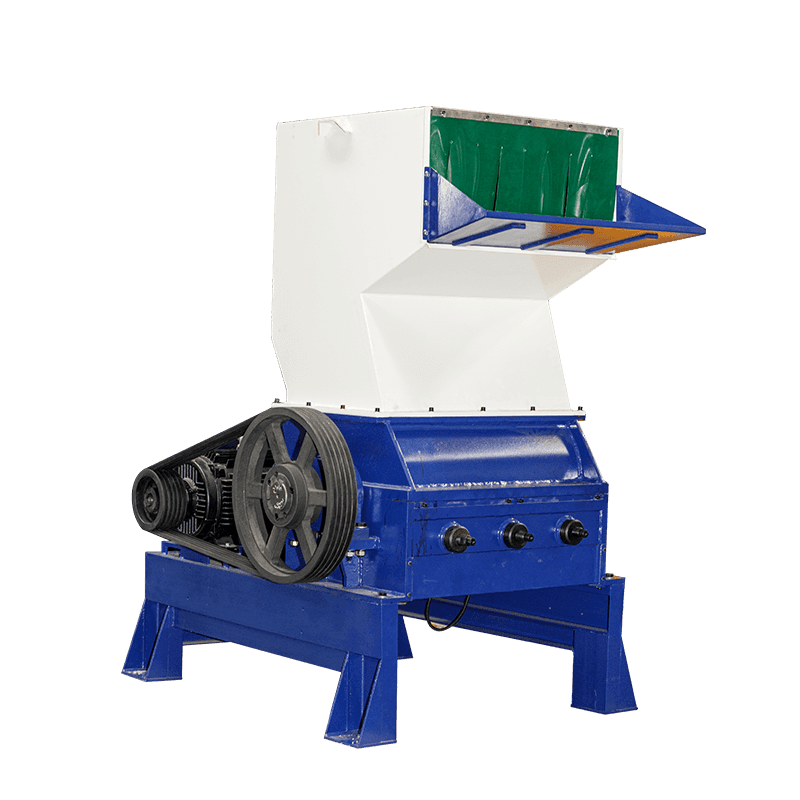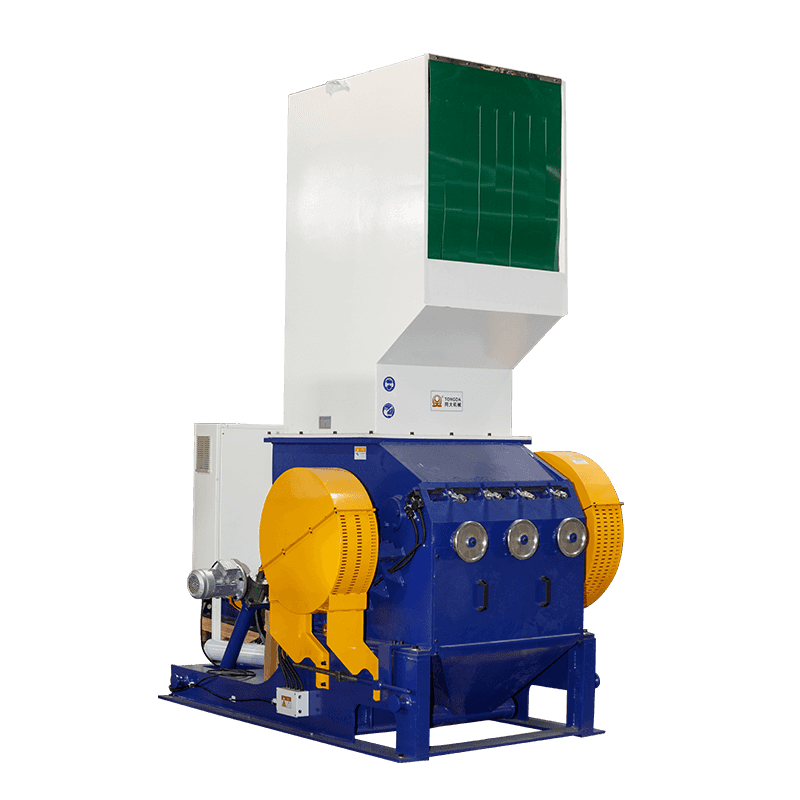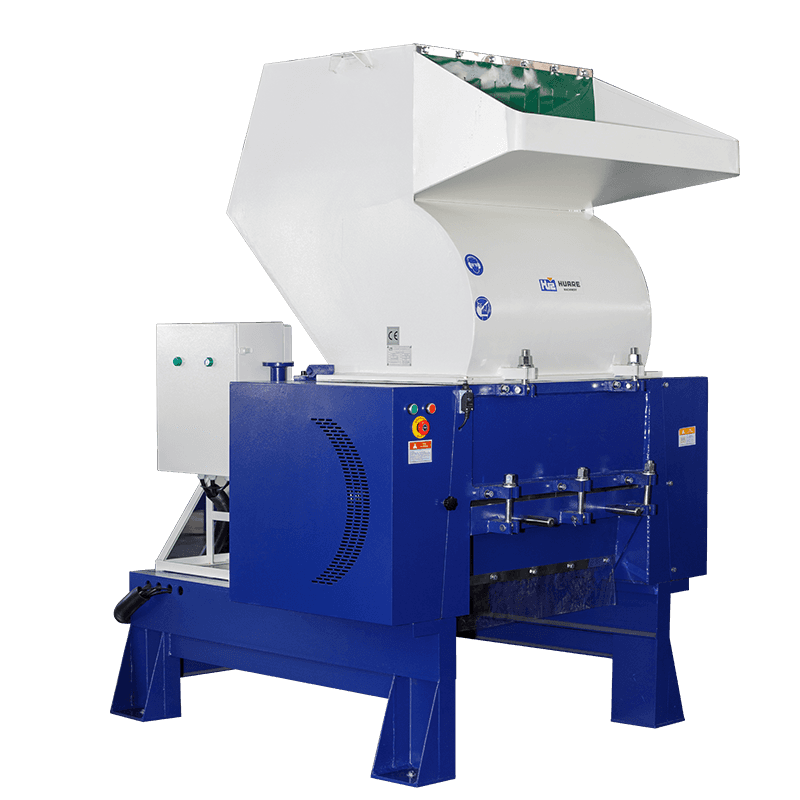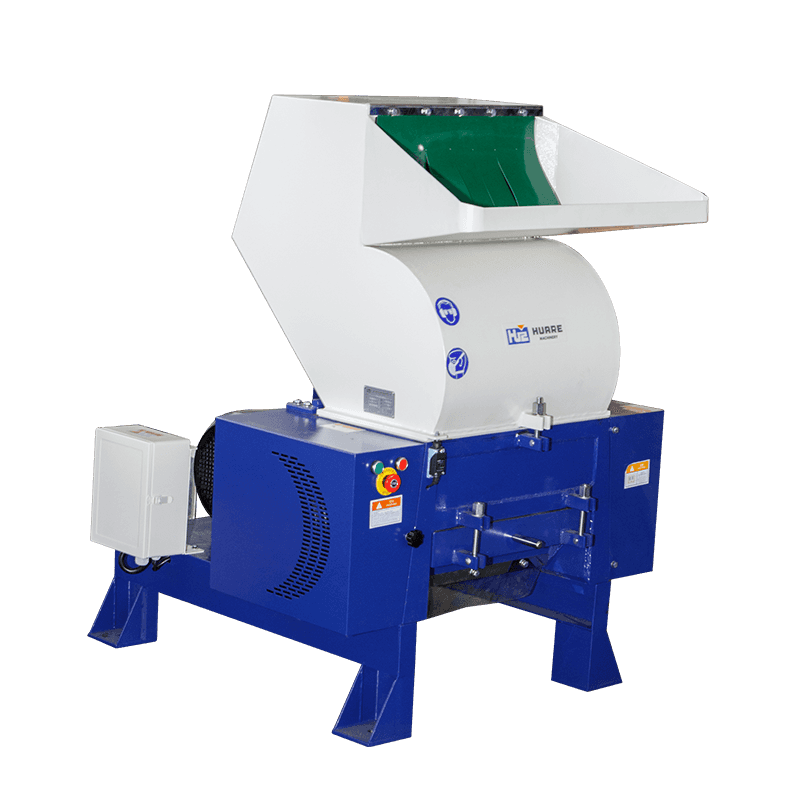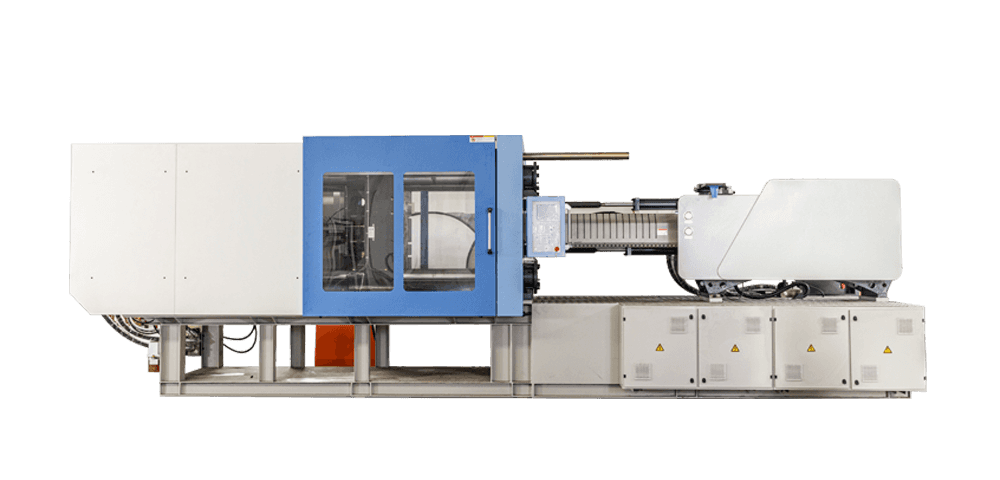The processing temperature has a significant impact on the use of an injection machine and the overall injection molding process. It plays a critical role in the melting, flow, and solidification of the plastic material being used. Here are the key ways in which processing temperature affects the use of an injection machine:
1.Melting of Plastic Material: The processing temperature is the temperature at which the plastic material melts and becomes molten. This temperature must be within the material's recommended processing range to ensure proper melting. If the temperature is too low, the material may not melt completely, leading to incomplete filling of the mold. Conversely, if it's too high, it can cause material degradation and affect the final part's properties.
2.Flow Behavior: Processing temperature influences the flow behavior of the molten plastic within the mold cavity. Higher temperatures generally result in lower viscosity and better flow, allowing the material to fill intricate mold features and thin walls more easily. Conversely, lower temperatures can increase material viscosity, which may lead to flow-related defects such as flow lines or short shots.
3.Solidification and Cooling: After injection, the mold needs to be cooled to allow the plastic to solidify and take on its final shape. The processing temperature can impact the cooling time and the overall cycle time of the injection molding process. An excessively high processing temperature may slow down cooling, while a low temperature may result in rapid solidification, potentially causing warping or shrinkage issues.
4.Material Compatibility: Different materials have specific processing temperature requirements. It's essential to choose a machine with a temperature control system capable of achieving and maintaining the required processing temperature range for the selected material.
5.Energy Consumption: The processing temperature can affect the energy consumption of the injection machine. Higher temperatures may require more energy to maintain, impacting operating costs. Conversely, lower temperatures can lead to energy savings but might affect processing efficiency.
6.Material Degradation: Excessive temperatures, especially if they are above the recommended range for a specific material, can cause material degradation, such as thermal degradation or discoloration. This can negatively impact the quality and appearance of the molded parts.
7.Machine Wear and Tear: Prolonged exposure to high temperatures can contribute to wear and tear on the machine's components, including the barrel, screw, and nozzle. It's important to maintain the machine properly and ensure that the chosen processing temperature is within the machine's design limits.
8.Part Quality: The processing temperature affects the quality of the final molded parts, including their mechanical properties, surface finish, and dimensional accuracy. Controlling the temperature within the recommended range is critical for producing consistent and high-quality parts.
In summary, the processing temperature is a critical parameter in injection molding, and it must be carefully controlled and monitored to ensure the successful operation of the injection machine and the production of quality parts. The temperature requirements depend on the specific material being used and the design of the part, so it's essential to follow material manufacturer recommendations and establish appropriate processing conditions.




 English
English عربى
عربى Español
Español